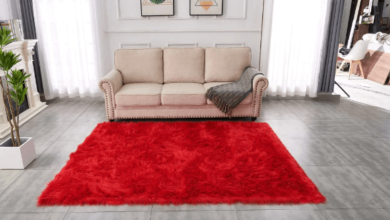How Residential Architects Integrate Smart Home Features into Modern Designs

Today’s modern homes are expected to do more than ever before, optimize energy use, streamline daily routines, and provide a seamless connection between function and design. This is where modern home architects in Atlanta step in, merging advanced technology with timeless aesthetics to meet the evolving needs of homeowners. Smart home integration is no longer an afterthought; it is a strategic design priority.
Embedding Smart Systems into Architectural Planning
Modern residential architects consider smart technology during the earliest stages of design. Rather than adding devices as an overlay, they ensure that automation systems are embedded within the structure itself. This includes planning for wiring, connectivity hubs, and sensor placements that control lighting, HVAC, surveillance, and entertainment systems.
Incorporating the importance of detail in modern architecture supports this level of planning. Every element, from recessed lighting to switch placement, must be thought out to ensure that the tech blends in with the home’s style rather than interrupting it. By focusing on precision and flow, architects create homes that are both highly functional and visually streamlined.
Enhancing Lifestyle Through Automation
A major benefit of smart home design is the personalization of everyday living. Homeowners can automate climate control based on usage patterns, schedule lighting scenes for different moods, or install motorized window coverings that respond to daylight. Residential architects collaborate closely with technology consultants to design systems that support these features while maintaining architectural integrity.
Moreover, integrated security systems, smart locks, and surveillance tools provide peace of mind without compromising curb appeal. This balance between convenience and discretion is a hallmark of intelligent architectural design.
See also: Turning Ordinary Bathrooms into Spa-Like Retreats with a Remodeling Company
Blending Technology with Texture and Warmth
One of the common misconceptions about smart homes is that they feel cold or overly mechanical. However, skilled architects know how to counterbalance sleek tech elements with material warmth and tactile comfort. Thoughtful use of natural textures, soft finishes, and layered fabrics can soften the edges of even the most high-tech spaces.
Understanding the role of texture and fabric in modern interior design ensures that smart homes feel welcoming and livable, not clinical. Designers often use wood, stone, linen, and wool to complement smart lighting and voice-activated systems, creating a sensory-rich environment that blends innovation with comfort.
Future-Proofing with Scalable Design
Another key advantage of smart home integration is scalability. Residential architects design with the future in mind, allowing for easy upgrades as new technologies emerge. Flexible infrastructure, such as conduit systems or modular network hubs, makes it simple to add devices or swap systems without invasive renovations.
Architects also take care to align these upgrades with overall design goals, ensuring that form is never compromised for function. This foresight preserves the value of the home while supporting long-term adaptability.
Conclusion
The integration of smart home features into modern residential architecture reflects a shift in how homes are built and lived in. Through early-stage planning, attention to design detail, and a balanced use of technology and material warmth, architects are redefining modern living. These thoughtfully designed spaces offer not only convenience and efficiency but also an elevated lifestyle that evolves with its occupants over time.





